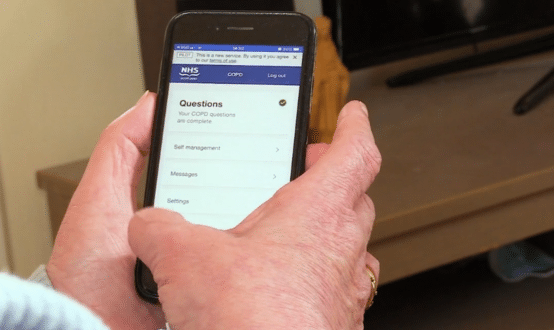Predictive risk for Clacton virtual ward
- 16 February 2011

NHS North East Essex has set up a virtual ward for patients who have complex, long-term conditions or who are at high risk of emergency admission to hospital.
The ward, for patients registered at three surgeries in Clacton, will accept patients referred by GPs, hospital and social services staff, and those identified as being at risk of emergency admission by an IT model.
NHS North East Essex is using a risk prediction tool developed by Sussex Health Informatics Service that is based on the Combined Predictive Model algorithm created by the King’s Fund, Health Dialog and New York University in 2006.
The algorithm uses a number of sources, including inpatient, outpatient and A&E data and GP electronic patient records, to identify patients at very high risk of emergency hospital admission.
The idea is that providing “intensive case management” of these patients will reduce emergency admissions and improve the quality of their care.
Lizzy Warrington, contracts manager, acute commissioning at NHS North East Essex, said: “The virtual ward is about integrated team working.
“A core team is able to draw on a variety of additional teams, depending on the needs of the patient. This should mean that health is managed in a way that reduces the risk of a patient’s condition worsening and could therefore reduce the risk of the patient ending up in hospital.”
At the start of this month, the US Heritage Provider Network launched a $3m x-prize for a ‘breakthrough’ algorithm that can predict and prevent unnecessary hospitalisations, open to all comers.
The Combined Predictive Model was based on work commissioned by the Department of Health and is freely available to NHS organisations who can build their own IT interface to it.
The primary care trust told eHealth Insider that it is using Graphnet to extract primary care data from practice systems to run the tool.
NHS North East Essex hopes that for every thousand patients that participate there will be 25% fewer avoidable hospital admissions, 2,086 fewer GP appointments and 302 fewer GP visits per year.
It is planning to launch two further virtual wards shortly and ‘concept test’ all three until the autumn, when a decision will be made on their effectiveness.




